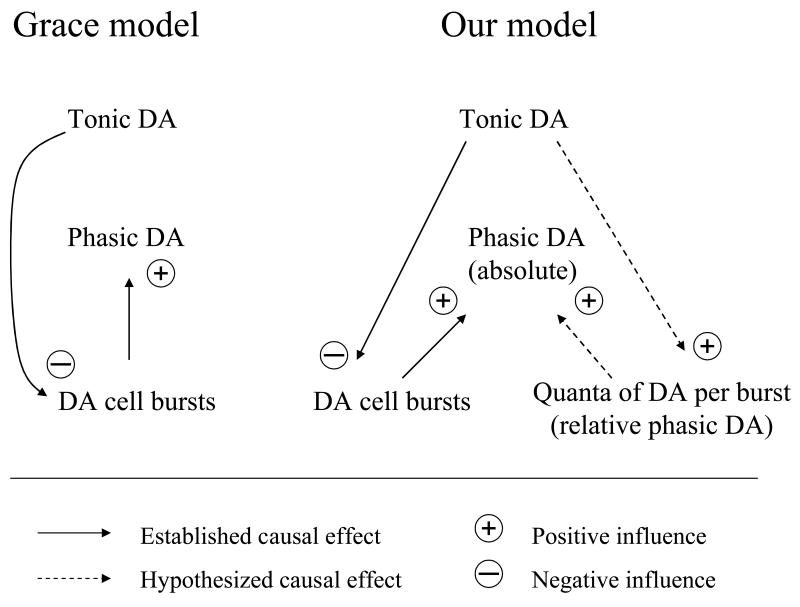Figure 3. Functional feedbacks between tonic and phasic DA transmission.
In the Grace model (Grace 1991; 2000), tonic DA levels were indicated to inhibit phasic DA release, since D2 autoreceptors activation decreases bursting (and firing) activity of DA neurons. Without questioning the validity of the Grace theory, our alternative model considers the existence of two different feedback loops between tonic and phasic DA transmission. The first one is well experimentally demonstrated, it acts in short-time periods, and consists of the negative influences that tonic DA exerts over DA cell bursting (as in the Grace model). However, in our alternative model, a positive feedback loop has been hypothesized (but not demonstrated yet), since its existence may help in explaining some important empirical evidence. The supposed positive feedback loop should act in longer time frames and consist in tonic DA increasing the amount (or quanta) of DA released per single burst. We called this component the relative phasic DA transmission, to distinguish it from the absolute phasic DA transmission, which is dependent upon the relative phasic DA, plus the mean bursting activity of DA neurons. In our model, tonic DA transmission increases the relative phasic DA (potentiating the efficiency of each burst), and inhibits the mean bursting activity of DA neurons, without strongly modifying the absolute phasic DA. In sum, the Grace model emphasizes the existence of a negative interaction between tonic and phasic DA, whereas our model individuates the existence of a positive feedback loop.

